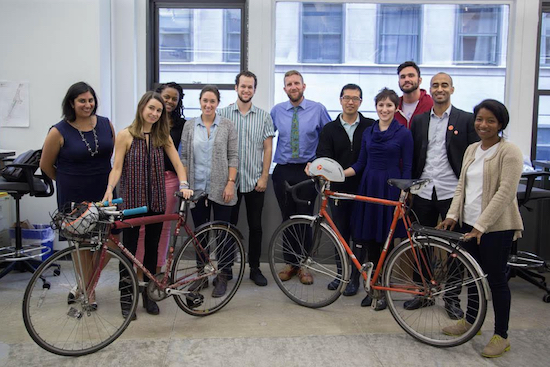Brooklyn leadership at the helm of bike reform in NYC

After a decade on the 10th floor at 127 West 26th St. in Chelsea, Transportation Alternatives has moved to a new home in the Financial District.
Transportation Alternative’s (TA) new location can be found on the second floor at 111 John St. and is seen by many employees as a much needed move — especially for the company’s Brooklynites, who now have a shorter commute.

Brooklyn Boro
View MoreNew York City’s most populous borough, Brooklyn, is home to nearly 2.6 million residents. If Brooklyn were an independent city it would be the fourth largest city in the United States. While Brooklyn has become the epitome of ‘cool and hip’ in recent years, for those that were born here, raised families here and improved communities over the years, Brooklyn has never been ‘uncool’.